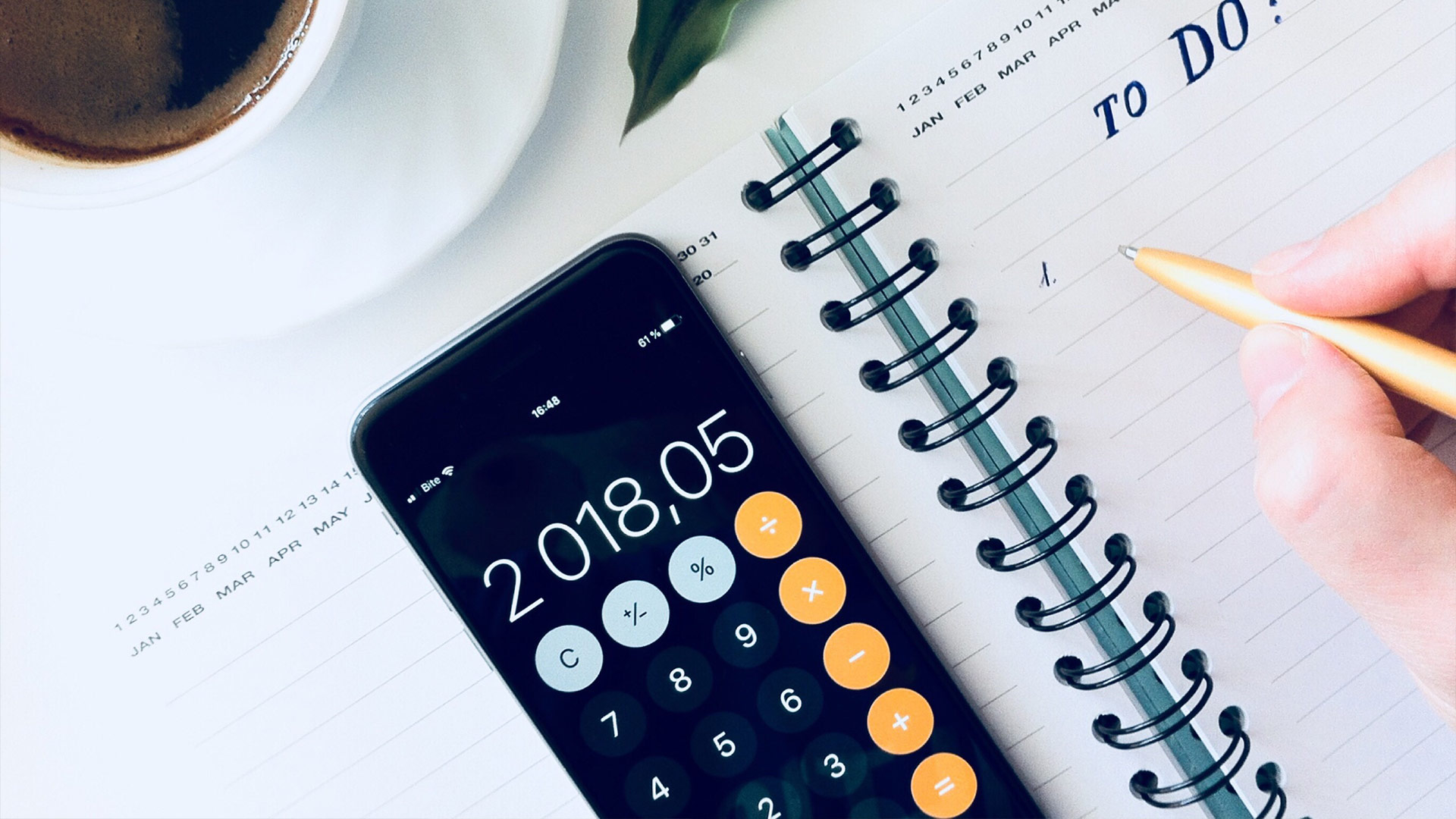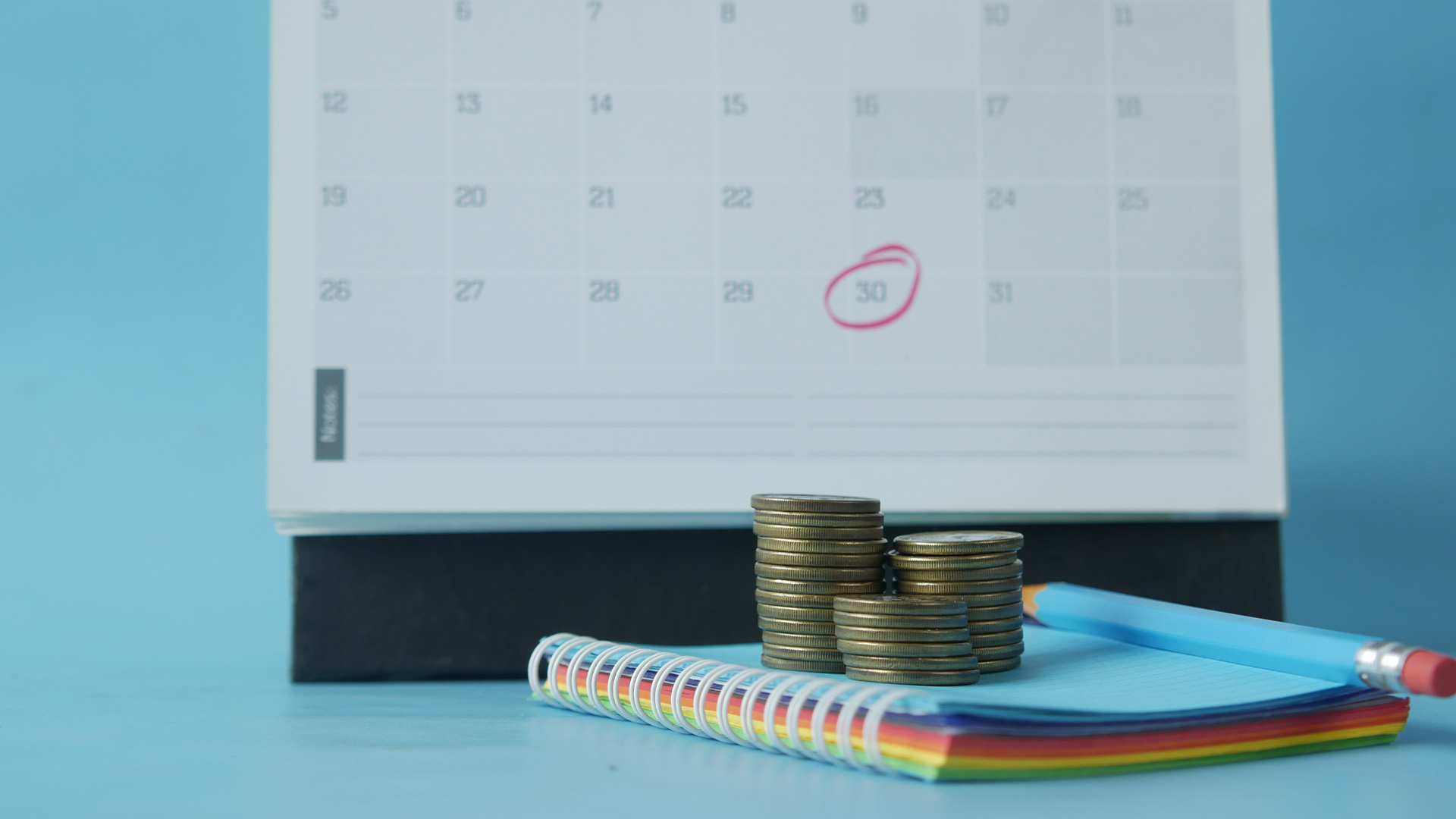Checking your bank transactions every day might sound like overkill, but when done the right way, it’s one of the simplest habits that can completely shift your financial awareness. The trick isn’t to make it complicated--it’s to make it fast, focused, and repeatable. A two- to five-minute scan of your account activity helps prevent fraud, catch sneaky subscriptions, and keep your budget on track--all without the stress of a big spreadsheet session.
Here’s how to build a quick daily transaction review routine that’s actually useful and easy to stick with.
Choose One App and Stick With It
First things first--centralize your accounts. Pick one place to view your bank and credit card activity. This could be your bank’s app, a budgeting tool like Monarch or YNAB, or an aggregator like Mint or Copilot.
The fewer logins, the faster the review. Make sure the app shows real-time or close-to-real-time transactions so you're not working with a delayed snapshot.
Set a Regular Time of Day
Choose a consistent moment that makes this habit easy to remember. Right after you make your morning coffee? Before bed? During your lunch break?
Linking it to a habit you already do helps reduce decision fatigue. If you do it at the same time every day, it becomes automatic--just like brushing your teeth.
Focus on the Past 24-48 Hours
You’re not auditing your entire financial history here. You’re checking for recent activity only. Look at what came in and what went out since your last check-in.
Sort transactions by date. Ignore old stuff and don’t get lost in analysis mode. You’re just scanning for three things: accuracy, surprise, and repetition.
What to Look For
1. Unexpected Charges
Anything you don’t recognize? Something you didn’t authorize? A double charge from a store? These are red flags worth investigating immediately.
2. Recurring Payments
This is your chance to confirm that subscriptions or auto-pays happened on schedule--and were still worth the money. If you didn’t use that service last month, make a note to cancel it.
3. Small Transactions That Add Up
Fast food, vending machines, app store purchases--they seem minor but pile up fast. Noticing them daily helps you stay mindful without guilt.
Categorize If It’s Easy
If your app allows you to tap and categorize a transaction in one click, do it. If it’s a hassle, skip it during the daily check and leave it for a weekly review.
The goal here isn’t to be perfect. It’s to stay connected. You’re building financial awareness, not running an audit.
Use Emojis or Tags to Flag Items (Optional)
Some apps let you add emojis, tags, or notes. You can flag a “?” on any transaction that needs attention later. Or use a 💸 for impulse buys you want to track. This keeps your routine light and a bit more fun--yes, money can be fun.
Set a Weekly Deep Dive
Once a week--maybe on Sunday night--look at your categorized transactions more closely. That’s when you can update your budget, make spending adjustments, or plan the week ahead.
Your daily review feeds into this process by keeping the data clean and fresh, so you’re not spending an hour trying to remember what that $18 charge was two weeks ago.
Automate Alerts for Extra Protection
Set up alerts for:
- Purchases over a certain amount
- Low account balance
- Withdrawals from your account
These notifications act like little tripwires and make your daily review even easier. You’ll already know if something unusual happened before you even open your banking app.
Keep It to Five Minutes or Less
If your daily check-in is taking more than five minutes, you’re likely going too deep. Don’t get caught trying to perfect every detail. Skim, catch anything important, and move on.
A quick rhythm looks like this:
1. Open your app 2. Check yesterday’s date--scroll down 3. Spot anything new 4. Flag anything weird 5. Close the app
Done.
Track Missed Days Without Guilt
Life happens. You might skip a day or two. Instead of giving up or restarting some massive review, just pick up where you left off. Look at the last two days instead of one. The beauty of this habit is that it doesn’t require perfection--just consistency over time.
You’re not trying to never miss a day. You’re trying to miss fewer days and shorten the gap between them.
Why This Habit Pays Off
It keeps you engaged. It keeps your money visible. It removes the “I don’t know where my money went” feeling so many people have. It also gives you a sense of control, which reduces financial anxiety over time.
Once it becomes part of your routine, you won’t want to skip it--because the peace of mind is worth way more than five minutes a day.



